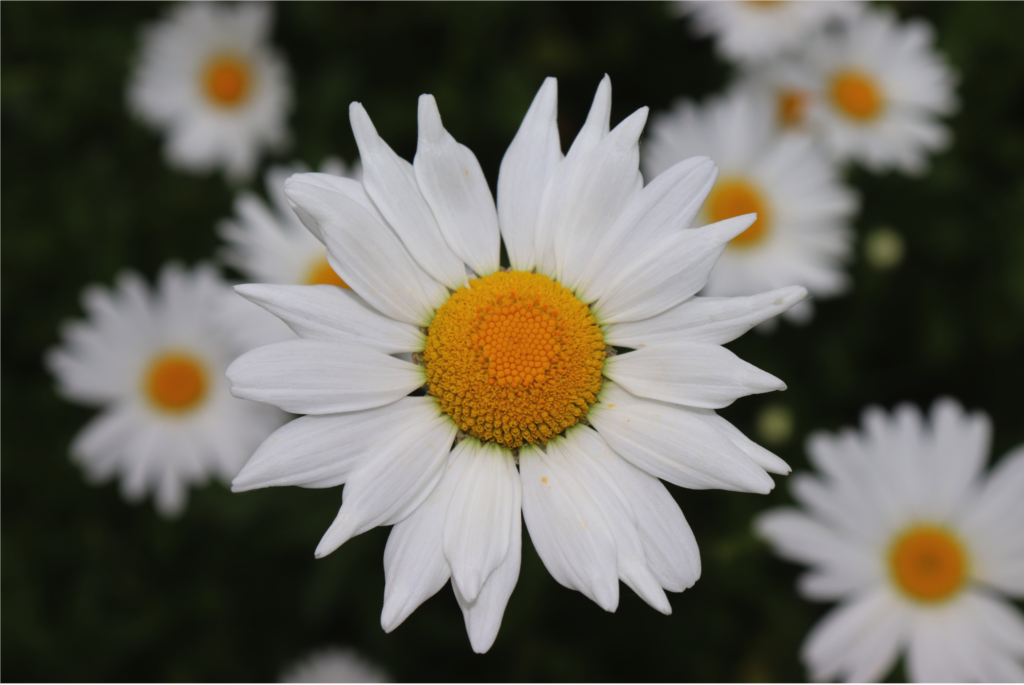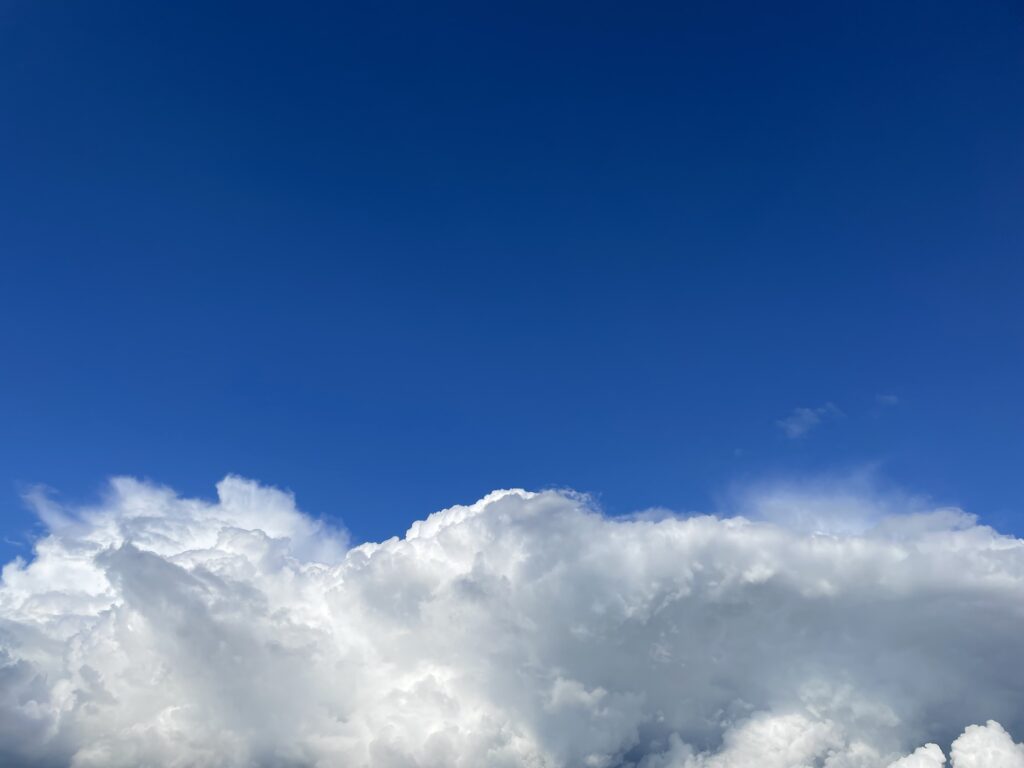
You are the sky-Everything else, it’s just the weather.
~Pema Chodrun
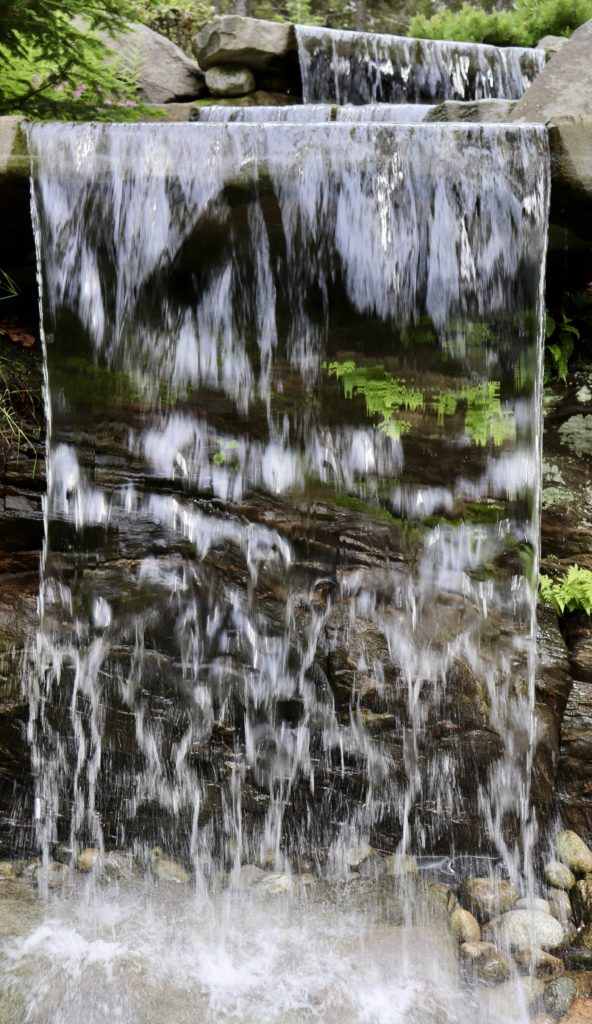
“Each of us must confront our own fears, must come face to face with them. How we handle our fears will determine where we go with the rest of our lives. To experience adventure or to be limited by the fear of it.”
~ Judy Blume, Tiger Eyes
“So, how can you live in love rather than in fear? The first step, I’m sorry to say, is to love your fear. There’s a way in which you actually have to bow to the fear and say, ‘I know you. You too are part of this humanity.’” –
~Jack Kornfield
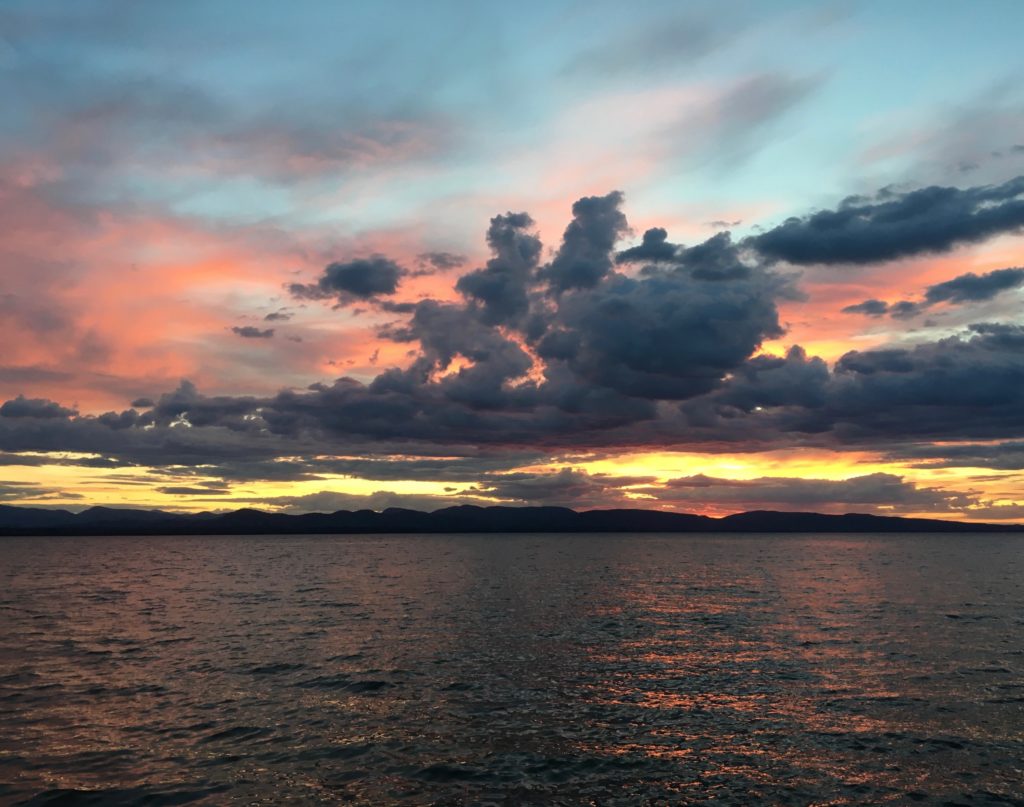
May I feel safe.
May I feel content.
May I feel strong.
May I live with ease.
*From the OnBeing interview with Krista Tippett, What We Nurture. https://onbeing.org/programs/sylvia-boorstein-what-we-nurture-2022/
As I look out my office window, the sun breaks the boundaries of today’s clouds. Immediately, the snowfields glow, almost blinding in their sweep down to the inky blue expanse of Lake Champlain, whose western shoreline is anchored by the Adirondacks. This view never gets old. Beauty never does.
To live in this pandemic, natural beauty has become a necessary balm, a daily tonic for me. As for most of us, with varying iterations, the shape of my life has been reduced, slightly expanded, then reduced again with each new wave of Covid-19. The relative constant has been navigating the small triangle of: home, office, and grocery store. When the triangle breaks for errands, takeout, the rare out-of-state trip when infection rates have dropped, spaciousness seeps in, as does the remembrance of life before Covid-19. The old normal. The time, like all time, that will never return.
As we approach the 2nd anniversary of the pandemic, I am struck by how much stress and grief people have had to navigate in universal and unique ways. These include: social isolation and fear of illness or death, deaths of loved ones and pets, shifts in employment or demands thereof; reduced or no access to healthcare, housing, and food security; confusion related to public health management, and lack of access to regular activities or travel that bring joy and renewal. All of these circumstances are continuing to unfold against a backdrop of global social, political, and environmental challenges that create their own clouds of existential angst.
Throughout it all, what humbles me most is human resiliency. And not the dressed up kind that one reads about in psychological theory or the latest self-help book, but the gritty, necessary meeting-life-another-day kind. No matter what. What humbles me is the way I witness people hanging on, leaning in, being vulnerable, sharing what’s real, and taking care of themselves and those they love. What humbles me is the courage it takes to show up messy, curious, sad or grieving, and still find moments of laughter, joy, and ways to love. This kind of human resiliency lives below or beyond the labels of identity, life circumstances, social structures, political affiliations or lack thereof. It’s messy, heartfelt, courageous, and tender. And I have the privilege of witnessing its emergence and growth all the time.
One of the things I have learned personally and professionally is that the worst things in life are not poverty, illness, trauma, hunger, or even the death of loved ones, as devastating as any or all of these experiences are or can be. It’s being alone with our suffering, whatever its origins. It’s living in a cage of chronic silence and isolation. Feeling and believing that if people only knew how you felt, or what happened to you, or some mistake that you made, you would be exiled off the planet and everyone would know your individual brand of unworthiness and shame.
While the hiding, the silence, and related isolation create the worst suffering, connection heals. Authentic connection to ourselves, others, and nature make life not only bearable, but meaningful. In these ways, resilience is born and nurtured. Every day. No matter what.
While perspective-taking is an important life skill, I observe repeatedly that many individuals have been taught to use it as a tool to minimize their own suffering and grief. Paradoxically, this simply creates another obstacle to integrating one’s authentic life experiences and the potential healing benefits for self and others. It also often creates another layer of suffering, as the comparative subtext is: Who am I to claim I’ve suffered?
In The Faraway Nearby, Rebecca Solnit, speaks to this with great clarity and eloquence:
Other’s woes can be used as reproaches and sometimes are: how dare you think about your own private suffering when wars are raging and children are being bombed? There is always someone whose suffering is greater than yours. The reproaches are often framed as though there is an economy of suffering, and of compassion, and you should measure yourself, price yourself, with the same sense of scarcity and finite resources that govern monetary economies, but there is no measure of either. In high does suffering is boundless and incomparable and overwhelming.
Furthermore, whenever we connect to our own authentic life experiences, it expands our capacities to relate to and care about the suffering we observe in ever-widening circles of relationships: family, friends, community, state, nation, and the world.
Today, through the Parliament of World Religions’ 2021 Conference online, I had the privilege of speaking with two bright, emotionally intelligent, compassionate individuals engaged in youth work in India. While we could all imagine the differences between our respective worlds and work, the connecting threads were that youth in India and the States (and everywhere) meeting the obstacles: of poverty, family distress/dissolution, educational access challenges, employment demands or access to employment, etc. and need community support, mentorship, and compassionate, skillful programming to help them create a life beyond survival mode. We made space for the fullness across landscapes and time, and hope to connect again to explore more how therapeutic yoga and mindfulness practices can support resiliency and healing for youth and those who provide services to them.
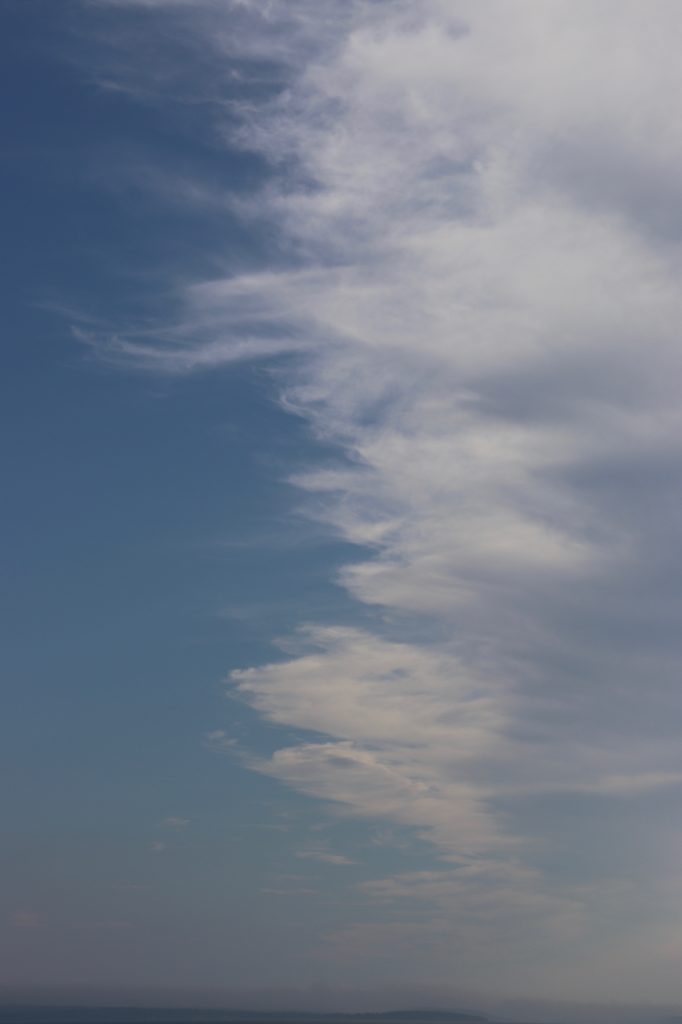
This is a mindful, self-regulation practice that can support our capacities to meet the present moment with skillfulness and compassion, and in the process cultivate equanimity.
Stephen Cope
(Excerpts and technique* from Yoga and The Quest for True Self)
Riding the Wave Technique:
Breathe:
Soften the belly and bring your awareness to the breath. The body responds immediately. The wave of breath begins to flow into all parts of the body.
Relax:
Full breathing automatically initiates relaxation. In order to deepen this effect, it can be useful to coach yourself. “Relax.” You can consciously relax the muscles: The face. The brow. The belly.
Feel:
Actively begin to investigate the wave of feeling generated by this relaxation. Where in your body do you feel sensation, energy, movement? Investigate. Move toward the sensations and feelings, rather than away from them. If intensity is present, meet it with breath and attention toward the grounding energy or points in the body.
Watch:
As you begin to settle, you may be able to notice the capacity to witness your experience, to be the observer. Allow yourself to identify with the observing self. The Witness stands at the center of experience, and is able to be with the experience, the sensation, the feeling, and not be overwhelmed by it or practice this capacity.
Allow:
Coach yourself to allow the wave of feeling to wash through you. No need to block anything. It’s all safe. It will not destroy or annihilate you. It will not hurt others. Practicing staying with your true experience just as it is. Watching it begin, shift, and end.
Note: If a lot of intensity is present, you can modify this instruction to allow and invite calming, soothing breath awareness and the gentle reminder: present moment, safe moment.
“When we are judging or criticizing our experience, we cannot be fully in it. In order to witness we have to be able to interact with what is, without needing to fight against it. Nothing has to get rejected or closed down. No part of me is any more right than any other part. I am not more invested in one than in the other. I am curious. Accepting. Allowing. Interested. Watching…There is an essential corollary to the first law of the witness, however. It goes like this: Eventually, we will react, we will judge, we will censor. But this is not a problem either! When we do react, judge, or censor, we can simply take that reaction as the object of the witness’s attention.” Stephen Cope
Consider ending practice with this gift of a poem by Wendell Berry:
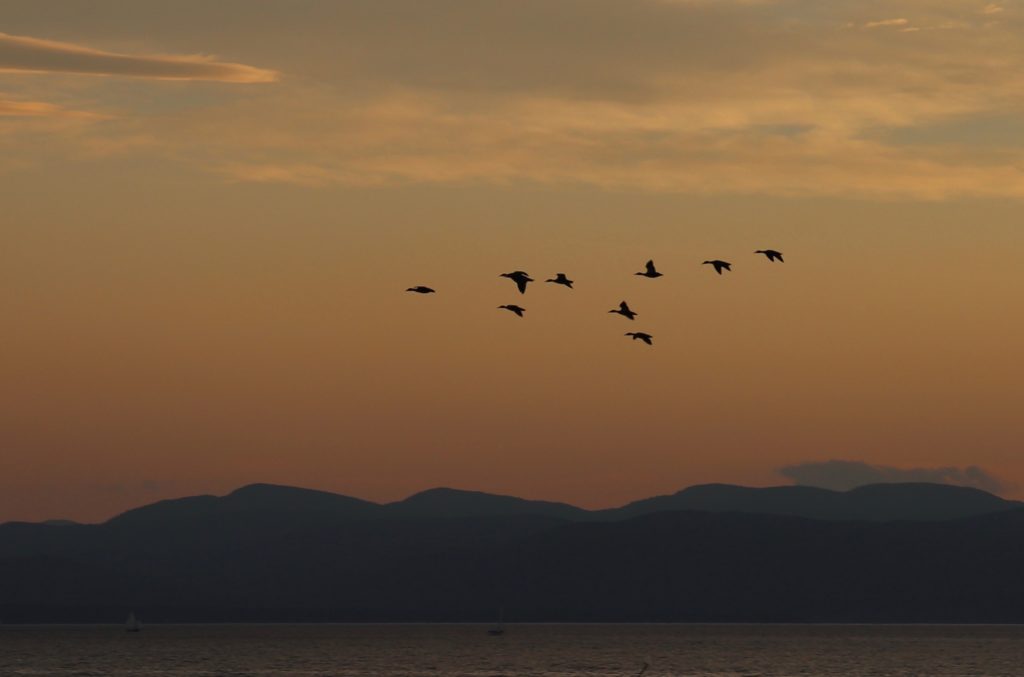
What We Need Is Here
Geese appear high over us,
pass, and the sky closes.
Abandon, as in love or sleep, holds
them to their way, clear
in the ancient faith: what we need
is here. And we pray, not
for new earth or heaven, but to be
quiet in heart, and in eye,
clear. What we need is here.
Stressed out? Worried? Frustrated? Feel like it’s difficult to plan ahead? You are so normal. Even five to ten minutes of mindfulness or simple breathing practices can help. Really.
Below are the links for a webinar-Zoom presentation and the related Power Point requested by and offered to the Vermont Association of Area Agencies on Aging (V4A) on May 15, 2020 to support direct service professionals coping with the heightened stress of the pandemic. The presentation offers fundamental mindfulness concepts, skills, and practices that can support individuals with daily self-regulation and self-care.
